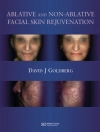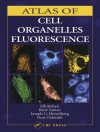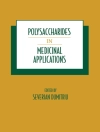The detection of cancer risk factors and their possible avoid- ance would most effectively contribute to the fight against cancer. Research in these areas depends to a substantial degree on in vivo experimental animal models and on epide- miologic studies, including data from cancer registries. When the Deutsches Krebsforschungszentrum was founded in 1964, its division "Mechanisms of Tumorigenesis" and a number of other divisions became engaged in research on chemical carcinogenesis of the skin, mainly using the mouse skin as an experimental model. Their interest orig- inated in part from investigations of the new and at that time controversial pathogenic principle of conditional car- cinogens as represented by certain tumor promoters which are per se noncarcinogenic. During the past 25 years, conditional carcinogens in terms of tumor promoters were established as anew, nonclassical category of cancer risk factors besides the classical solitary carcinogens. In the course of this exciting period, scientists of our center started cooperative programs with clinical dermato- logists of the University of Heidelberg at the Clinics of Dermatology in Heidelberg and Mannheim, to extend the scope of their investigations into clinical oncology and to contribute by experimental approaches to solving problems in clinical oncology. This led to a gradual shift from mere animal studies to the more direct analyses of human tumors and opened up for us a new phase of research.
Erich Hecker & E.G. Jung
Skin Carcinogenesis in Man and in Experimental Models [PDF ebook]
Skin Carcinogenesis in Man and in Experimental Models [PDF ebook]
Придбайте цю електронну книгу та отримайте ще 1 БЕЗКОШТОВНО!
Мова Англійська ● Формат PDF ● ISBN 9783642848810 ● Редактор Erich Hecker & E.G. Jung ● Видавець Springer Berlin Heidelberg ● Опубліковано 2012 ● Завантажувані 3 разів ● Валюта EUR ● Посвідчення особи 6335068 ● Захист від копіювання Adobe DRM
Потрібен читач електронних книг, що підтримує DRM












